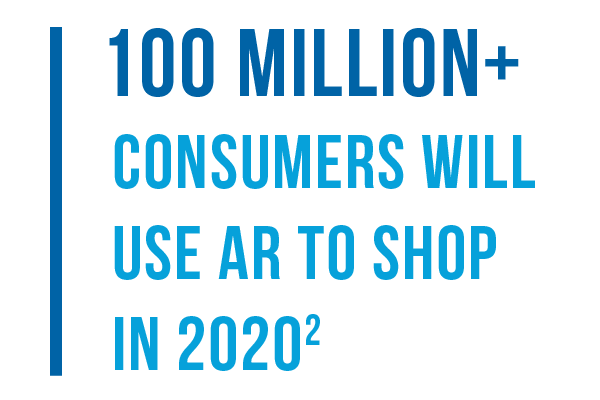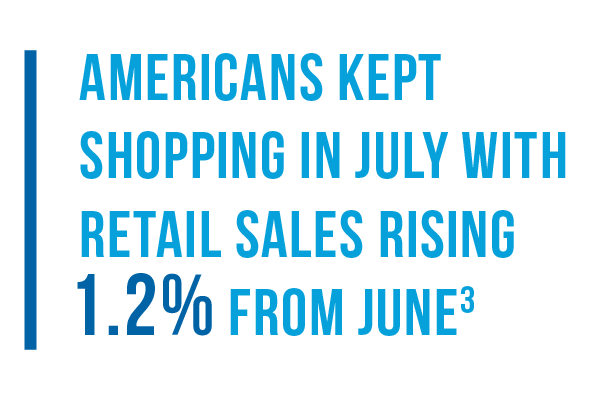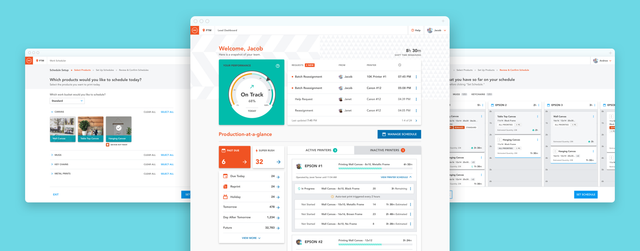Articles September 7, 2020
How Technology Can Drive Retail Sales This Black Friday


1. Create a Virtual Shopping Experience
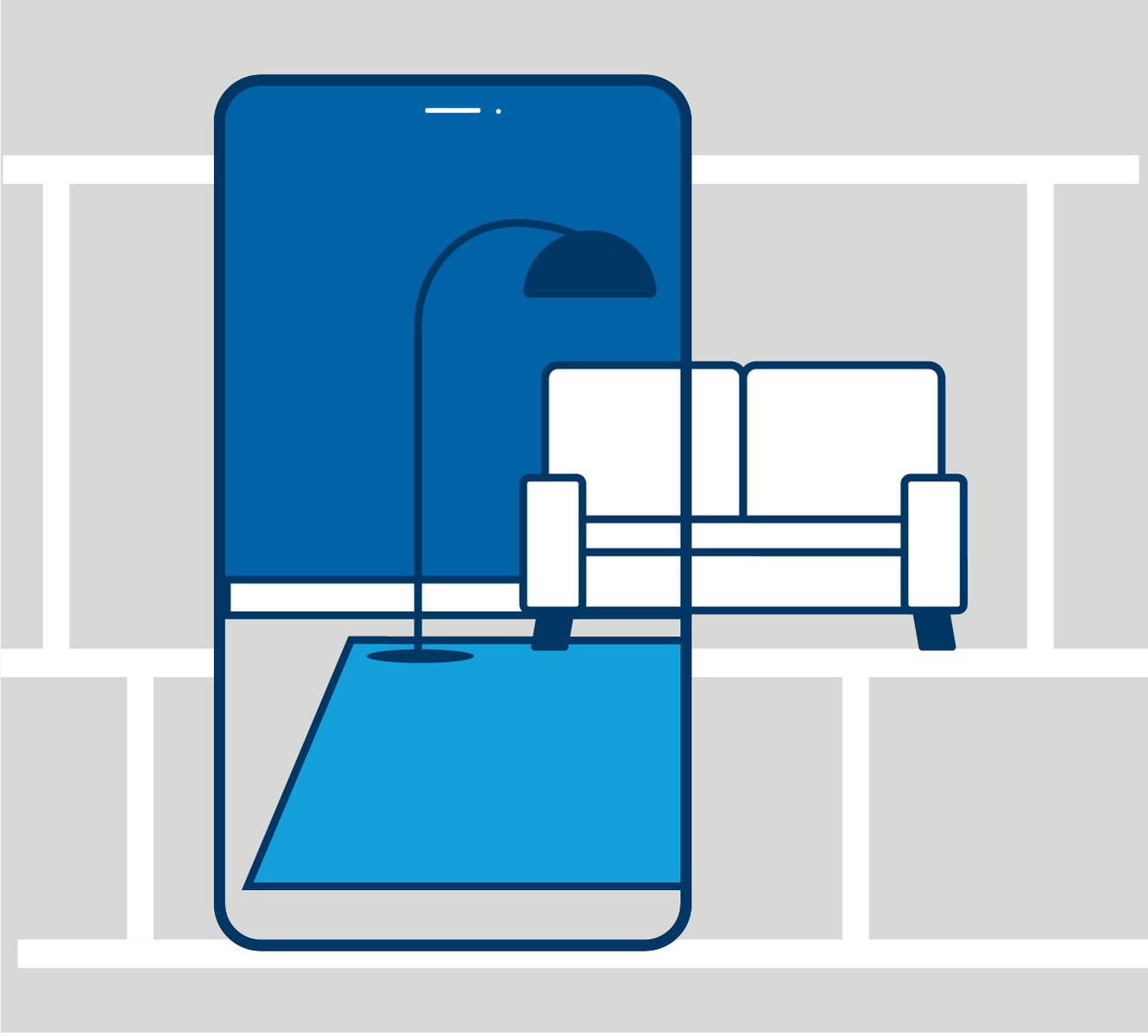
2. Optimize Consumer Safety and Density
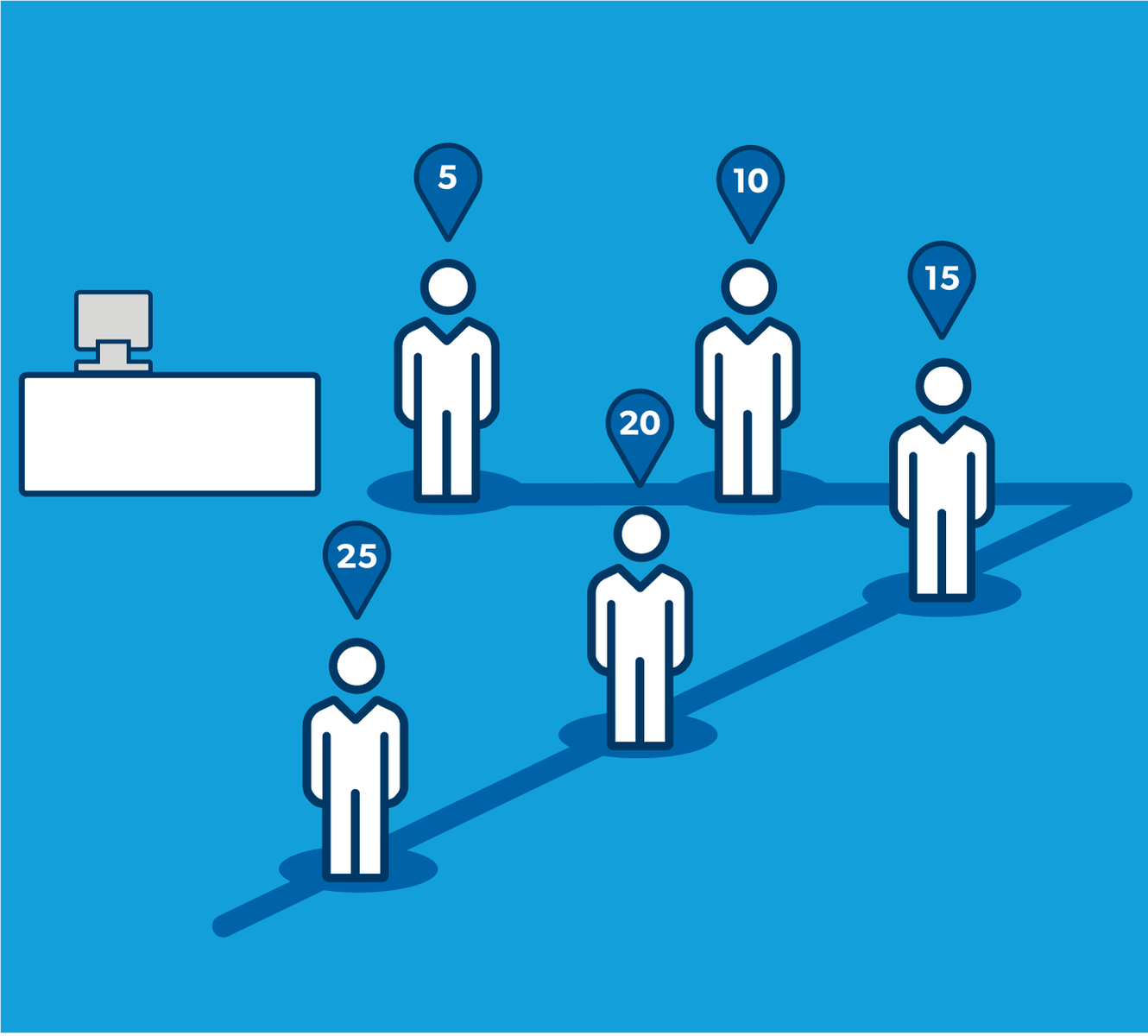
3. Level Up Wish Lists And Gamified Shopping
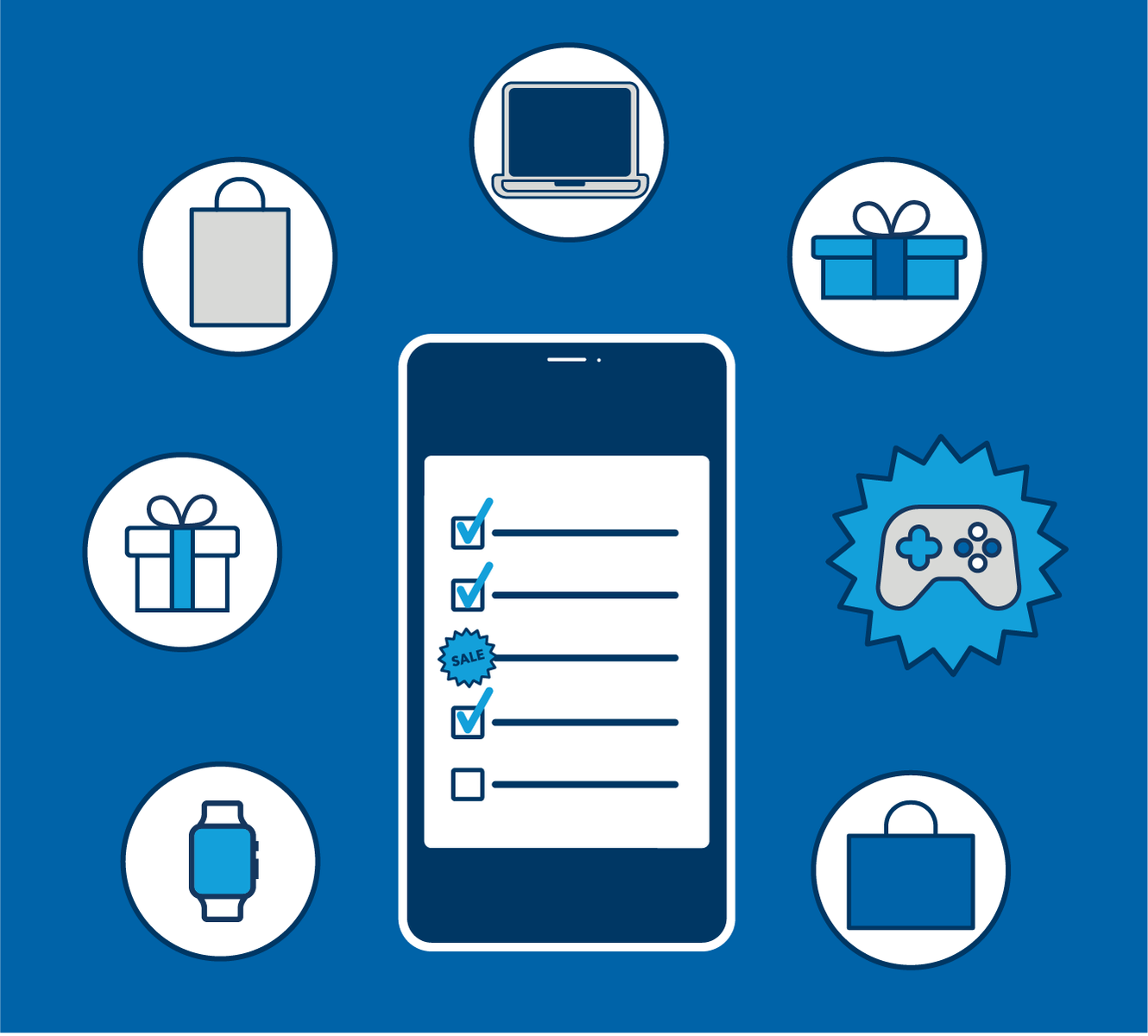
4. Focus on Pick-up and Delivery Solutions
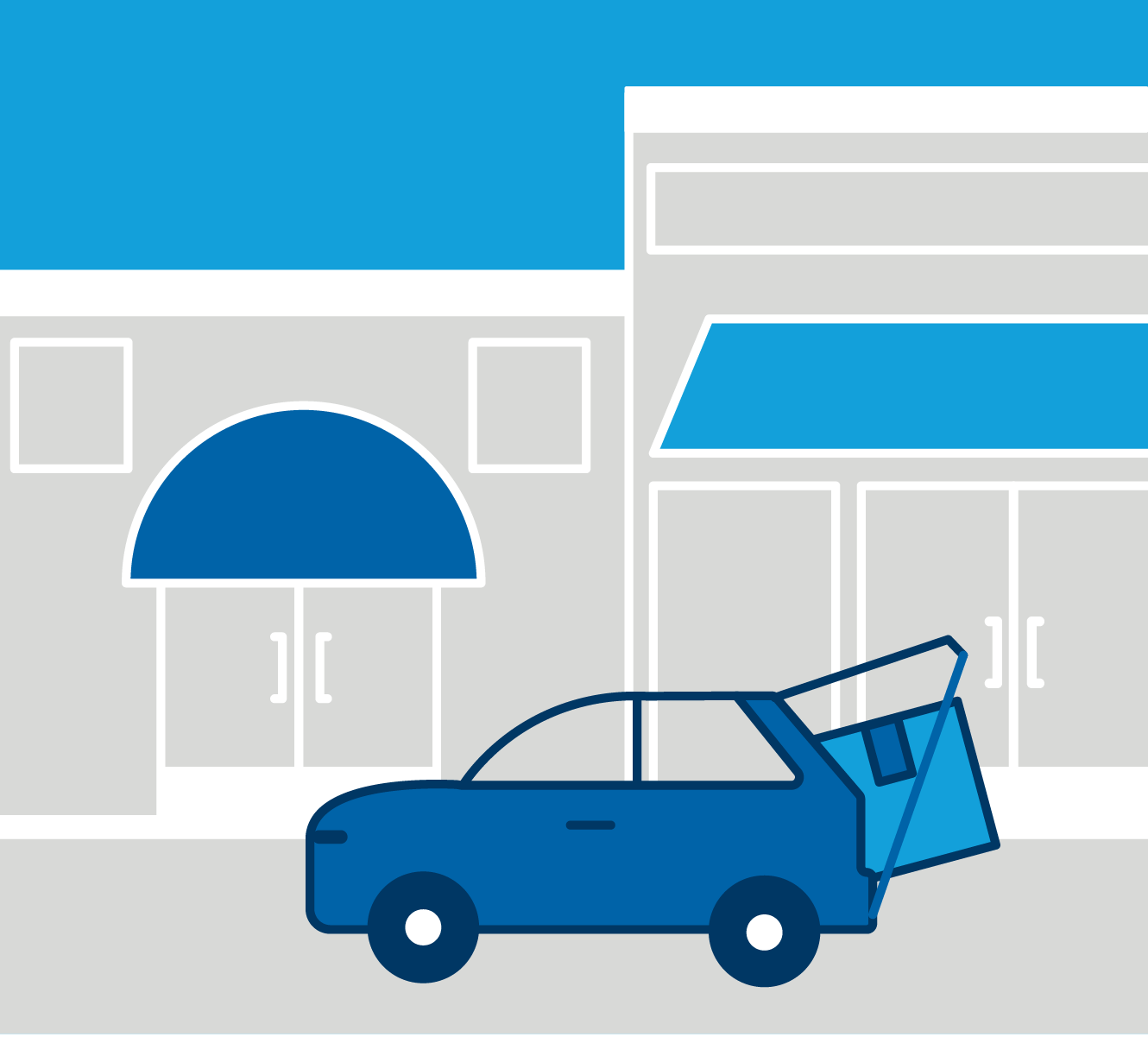
Remember What Consumers Love About Black Friday
Cited Sources

Jon Bradway
Principal, Sports & Media
As lead of CapTech's sports practice, Jon partners with leagues, media companies, and technology firms to create the next generation of competition and fan experience.

Bree Basham
Principal, Go-to-Market & Growth Strategy
As Principal of CapTech’s Go-to-Market & Growth Strategy, Bree Basham leads our efforts to shape how we bring services, solutions, and stories to market—accelerating growth and deepening client impact. Drawing on a career that spans strategy, customer experience, and marketing, Bree brings a rare blend of creative vision and strategic discipline to CapTech’s growth initiatives.



